Jenny Rowena
On first or second Saturday coming after the Hindu New Years Day (Gudhi padawa), the devadasis, who are mostly dalitbahujans, were openly sexually enjoyed in public, about hundred years ago.
This is now replaced by another tradition called “Okali”, which was in vogue till 1987. It is a festival like ‘Rang Panchami’. The young boys from higher castes assemble around a pool of coloured water in front of town temple. Young devadasis in the town stand in front of them in a row, and each receives a sari, a choli and a flower garland. The coloured water is poured over the devadasis who appear virtually naked as the clothes given to them are very thin, scanty, delicate and transparent. The boys play with the bodies of devadasis as they like, doing everything just short of sexual intercourse. All assembled enjoy the scene. This happens in the name of god ‘Bili Kallappa’. [Uttam Kamble, Sugawa, p. 81]
Vasant Rajas describes another custom, called “Sidi attu” in town Madakeripura in Karnataka which was in vogue till 1987, when it was banned by the Govt. Here a devadasi is suspended [on a rope balanced on] a hook in her back on one end of a transverse rod placed on a vertical pole planted in ground, and rotated by a rope at the other end. She salutes the gathering, while her garments fly and all the naked lower part of her body is visible to all, for their amusement. This was supposed to bring prosperity to town, and the devadasi used to get a sari, a choli, a coconut and a betel nut, for which she thanked the gathering. [p. 27]
Dr K Jamanadas’s article, “Holi – A Festival to Commemorate Bahujan Burning,” makes one thing very clear. Hindu religious traditions institutionalize the use and exploitation of Dalitbahujan women’s bodies for the sexual pleasure and entertainment of men who are placed higher than them in the caste hierarchy. This works to legitimize various other violent forms of oppression such as rape, formal and informal workplace sexual exploitation and networks of prostitution, involving adivasi, bahujan and dalit women. All these firmly hold down the body of the subaltern woman within a sexualized structure of abuse, violence and exploitation.
In great contrast, the caste system approaches the upper caste woman’s body in a totally different manner. It makes her body the adored and worshiped site of caste purity. The upper caste woman’s body comes to be protected/controlled by father, husband and son (Manusmriti, IX, 3) under a caste Hindu morality, based on notions of chastity, virginity and docile femininity. As a consequence of such a caste/gender differentiation, the sexual energies which are made to be brooked with regard to the upper caste female body often gets unleashed onto the figure of the subaltern woman, who becomes the favored site of male sexual pleasure, violence, entertainment and release.[i ii]
To legitimize this process, upper caste women are constantly imagined and represented as chaste and sexually controlled, in opposition to lower caste women who are repeatedly portrayed as sexually loose, hyper and ‘immoral,’ a process that starts right from the representation of Sita and Shoorpanaka in Ramayana.
However, we never seem to remember this issue and its continuing presence in the making of the contemporary, when we deliberate about women and sexuality. This is especially so in the case of discussions around cinema where caste differences between women has been so powerfully institutionalized, through the representations of virginal women pitted against hypersexual, loose and sexually available women from different non-upper caste communities. But no one admits to this.
Think of the recent success of The Dirty Picture.
Trending on twitter, ringing at the box office; critically acclaimed, nationally awarded; the Vidya Balan wave of The Dirty Picture has only just died down. It brought us the tragic story of Silk Smitha, a highly successful vamp figure of South Indian cinema, who committed suicide at the age of 36, unable to face cinematic and personal/social betrayal.
What stands out in the responses to this film is the way feminist academics and women media personalities heartily joined the celebrations around the film, after recording their reservations. For instance, the feminist film maker, Paromita Vohra, who finds that the film says nothing new about “sex, success and women,” still sees a “feminist directness” in Vidya Balan’s gaze, and praises the film for presenting a body that is “libidinal and avid and free.” Feminist academicians from elite media departments in the country, such as Bindu Menon and Shilpa Phadke express similar opinions. They too are aware of the limitations of the film, yet they praise it for talking about “how actresses are treated in this male centric industry” (Menon) and for making a “case for sexual agency” and offering the “the possibility of seeing a particular kind of non-monogamous, in-your-face sex in cinema as something more than just ‘obscene'”(Phadke).[iii]
In fact, with the support of the savarna feminists and media, this film has been able to generate a national consensus regarding its feminist possibilities. However, as in the case of all such national consensus, the issue of caste in the creation of the star persona of Silk Smitha remains lost or silenced. Indeed, there is a serious problem in a film attempting a loose bio-pic of a vamp figure like Silk Smitha without talking of the film culture, which systematically and clearly marks all vamps as belonging to non-upper caste communities. By doing this and succeeding in making it look like a feminist issue, the film not only silences the caste issues regarding Silk Smitha’s life, it also allows the fair-skinned Tamil Brahmin, Vidya Balan, located within the Hindi film industry, to make use of the image of a dark-skinned South Indian actress.[iv] And by silencing the caste issue involved, it helps her build her upper caste female heroine self over the subaltern vamp hood of Silk Smitha.
This article (in three parts) is a preliminary attempt at putting down a few points that would challenge this silence and provide a better understanding of Silk Smitha’s life and image. In this part, I try to place Silk Smitha and The Dirty Picture within a larger understanding of caste, gender and sexuality using the Ambedkarite theorization of caste as founded on the maintenance of endogamy. In the next part, I extend this to a more elaborate discussion of Silk Smitha’s vamp persona in South Indian cinema, using it to think more about the role of Vamps in the creation of the chaste, upper caste woman and its consequence for ‘other’ women. In the final section, I try to contrast this reading of caste, gender and sexuality in cinema with the given savarna feminist understanding of the same. This would be done to highlight the way feminist readings silence the caste/gender issue with regard to the varied political issues that affect subaltern women and to look for ways of moving out of this.
Silk Smitha: The Dirty Secret
Reshma or Silk, is a “dirty secret” as the film puts it and “a synonym for dirt in a sick society” according to a review of the film titled: ‘A Feminist’s Delight.'[v] What makes Silk ‘dirty,’ we are told, is the hypocrisy of a society that cannot accept a woman like her “who enjoys sex and whose sexuality exudes power and freedom”[vi]
She is ready to offer her body for a role in a film, she whips herself to exhibit a wild sensuality when she is offered a small appearance, and later she walks into the room of a sulking Super Star to seduce him so as to retain the heroine part she has managed to land. In short, as Shiv Viswanathan puts it, she is “free, sexual and female.”[vii] The problem is with the narrow mindedness of men and society who enjoys and takes pleasure in such wild women but would not allow them any legitimacy beyond the surreptitious sexual space of the per-marital bedroom.
All these sounds like such convincing feminist truths. But I beg to differ.
Because, though it is true that Silk Smitha and her vampdom (as I shall show in more detail in the next part) did represent a sexually open female figure, such a figure finds space on the Indian screen so as to highlight the sexually controlled persona of the upper caste woman. This intermeshing of caste and gender escapes most feminist analysis of sexuality.
However, it is almost a hundred years since Ambedkar made important connections between caste and gender in his 1916 essay Castes in India: Their Mechanism, Genesis and Development.[viii ix]
Here he argues that endogamy is the most important aspect of caste. As he puts it in the essay:
Caste in India means an artificial chopping off of the population into fixed and definite units, each one prevented from fusing into another through the custom of endogamy. Thus the conclusion is inevitable that Endogamy is the only characteristic that is peculiar to caste, and if we succeed in showing how endogamy is maintained, we shall practically have proved the genesis and also the mechanism of Caste.
Similarly, in the same essay Ambedkar talks about the connection between social practices regarding women, such as Sati, widow burning, child marriage, etc and its use in maintaining endogamy.
In fact, given the crucial role that endogamy plays in maintaining caste and the ensuing need to control sexuality to maintain endogamy, we cannot portray the control and prohibition of women’s sexuality, an issue that haunts female stars like Silk Smitha, only by referring to a ‘male centric society.’ In other words, the control of sexuality and the prohibition on its free display is deeply tied to the creation of a culture where men and women marry from within their own communities and do not deviate from this, in accordance to personal preferences. This is which creates our ‘conservative,’ ‘arranged marriage’ culture, wherein marriage and sexuality is held within the control of parents and other family members.[x]
With the break up of old kinship structures and the opening up of new spaces for intermingling of the sexes in modern India, Cinema has worked most significantly to maintain endogamy. This is one fact that has not been recognized about Indian cinema even though it has been legitimizing this caste regulation for almost a century now.[xi]
Indian Cinema does this by allowing moral space for marriage and conjugal union only within the confines of caste and with the acceptance of the family of birth. So you will never see the portrayal or the success of inter-caste and inter-religious marriages in Indian cinema. In fact, you will not even see the figure of non-upper caste people in any kind of prominent, normal, respectable and decent role in Indian cinema, let alone them marrying outside caste.
This strict “maintenance of endogamy” by Indian cinema can be further illustrated by the example of the ubiquitous “first night” scene, which is a feature of almost all cinemas of India. Here, the couple after marriage is given the space of one room – the bedroom – within the larger familial space. Through the dream sequences of songs, this becomes the ideal space that all heterosexual romances seek to reach. Thus the family of birth (and the bedroom provided under its structure) gets coded as the only legitimate space where men and women can explore and express their sexuality. Anything beyond and outside this becomes illegal, immoral, hypersexual and looked down upon.[xii]
Film after film gives us ‘good’ upper caste women (and men) who control their lives and choices to reach this ideal space of the familial bedroom. These films also give us images of lower caste women who are situated outside this caste code, thereby losing all morality and respectability. The vamp in Indian cinema was created around such a caste/gender notion of the ‘other’ woman, who prowled in the caste-neutral space outside the familial bedroom, posing challenges to the upper caste man just as in the case of Shoorpanaka and Rama.
Often the narrative of a film calls upon the upper caste man to prove his commitment to his caste morality by rejecting this vamp figure. So the presence of the vamp in the cinemas of India is not just related to the patriarchal control of female sexuality. Instead it was her deviant and disobedient body that highlighted the caste purity of the docile, upper caste female body.
Silk Smitha was one such Vamp.
However, she not only maintained the white skinned virginal beauty of the upper caste woman, with her sultry dark skin and her sexy expressions. She also carried forward caste Hindu traditions like Okali and Siddi Aattu (described in the beginning of this essay) wherein she became the new modern spectacle that was sensually enjoyed towards the public celebration of the degraded and sexualized status of the lower caste woman in a caste Hindu society. This is what The Dirty Picture and its feminist supporters fail to bring out with regard to Silk Smitha.
More about vamps, the cinematic creation of upper caste womanhood and its consequence for subaltern women, in the next section.
~~~
i The situation of women belonging to other religions like Islam and Christianity is slightly different. They are protected/controlled by the alternate locations of their particular religious institutions. However, most often such protection/control applies only to the Savarna sections among them. Similarly, many upper Shudra communities also adopt this caste hindu morality and keep their women protected, whereas lower artisan Shudra and other OBC women stand greatly exposed to such caste/gender oppression. There is also a mechanism by which each caste defines the women of the castes beneath them as being more sexually loose and deviant, thereby sanctioning violence against them. Similarly, the social mobility of many castes (a good example of whom would be the Nairs of Kerala) is also based on adopting and projecting a caste hindu morality with regard to woman.
ii bell hooks talks of a somewhat similar situation within the institution of slavery in America in her 1981 book: Ain’t I a Woman?: Black women and feminism
iii Aastha Atray Banan, Get the (Dirty) Picture
iv In fact, the issue of the Hindi Film industry taking a ‘condescending’ look at the south Indian film industry through this film has already been raised by Malayalam film critic like C S Venkiteswaran, who as far as my knowledge goes, has not yet commented on the caste issue regarding Silk Smitha. See article in footnote (iii)
v A Feminists delight: The Dirty Picture, Face n Facts, Correspondent,
vi Shiv Viswanathan, The Dirty Picture: Free, sexual and female.
viii Also note that Brahmin feminists like Uma Chakraborthy who makes the connection between caste and Brahmin women’s gendered existence, totally avoids dealing with Ambedkar’s perspective on caste and endogamy. She also refuses to think through the difference between women and severely limits the scope and reach of her otherwise significant study
ix It is only Dalit women like Ruth Manorama who uses Ambedkar’s analysis towards an understanding of sexuality. As Ruth Manorama says in an interview (in answer to Meena Kandasamy’s question on Ambedkar’s theorization):
the whole issue of sexuality is basically rooted in caste. They control women because only that can ensure pure blood in the lineage. That is why any ‘upper’ caste women can only marry within her kula and gothra, she cannot jump out of that defined box.
x It must be said in this context, that today there is a lot of protest against strict moral codes of sexuality in Kerala, however, none of them addresses the issue of endogamy and caste, thereby defeating their own purpose of finding a space for a less constrained and socially controlled expression of sexuality.
xi Recent films that espouse the free mingling of men and women and relationships outside marriage, will be discussed in the next part.
xii Scholars like Madhav Prasad who has studied Indian cinema, talks of how the conjugal couple is embedded within the larger feudal family, explaining it in terms of class and “the formal subsumption of capital.” This caste blind, neo-marxist theory has to be rejected for its total inability to understand anything beyond the form of cinema.
—
Jenny Rowena teaches at Miranda House, Delhi
Images: courtesy of the Internet
This article is also published on Roundtable India.
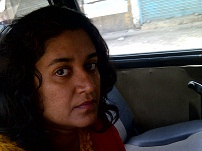
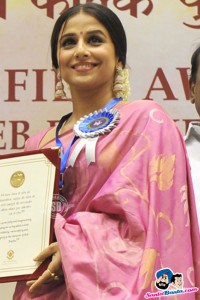

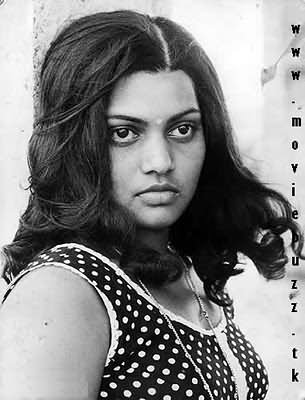
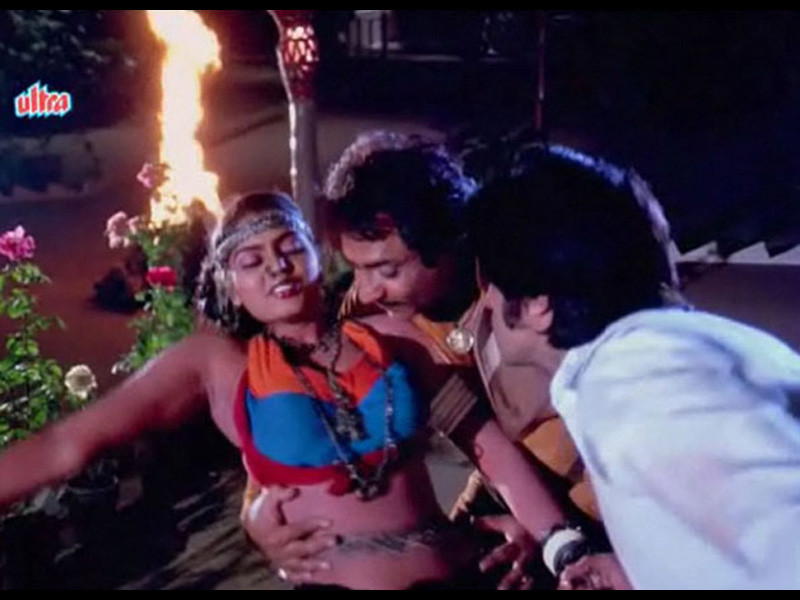
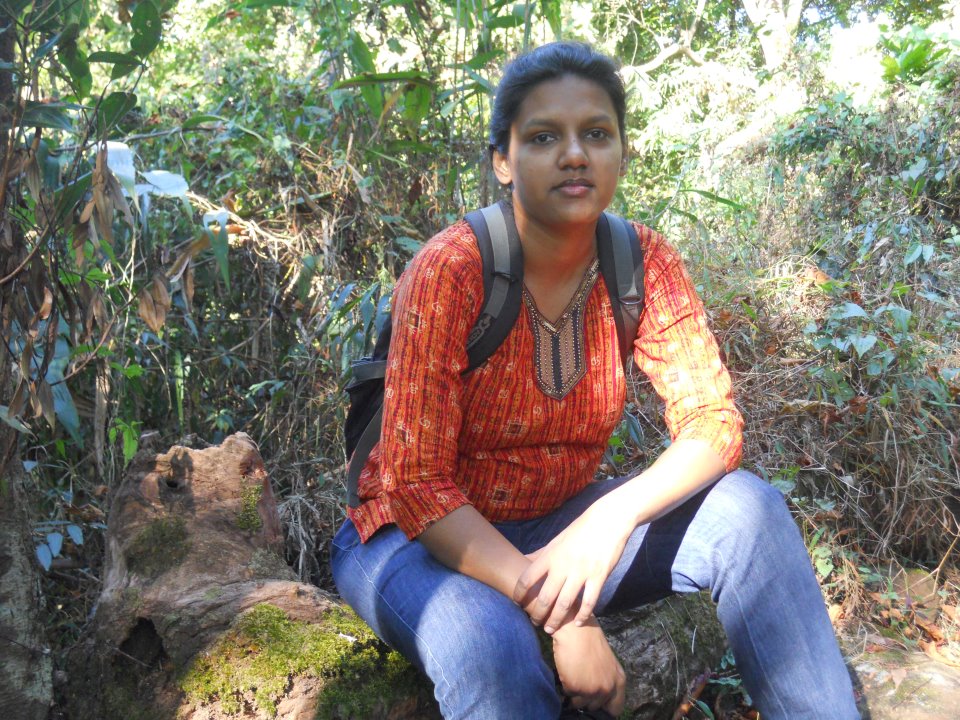
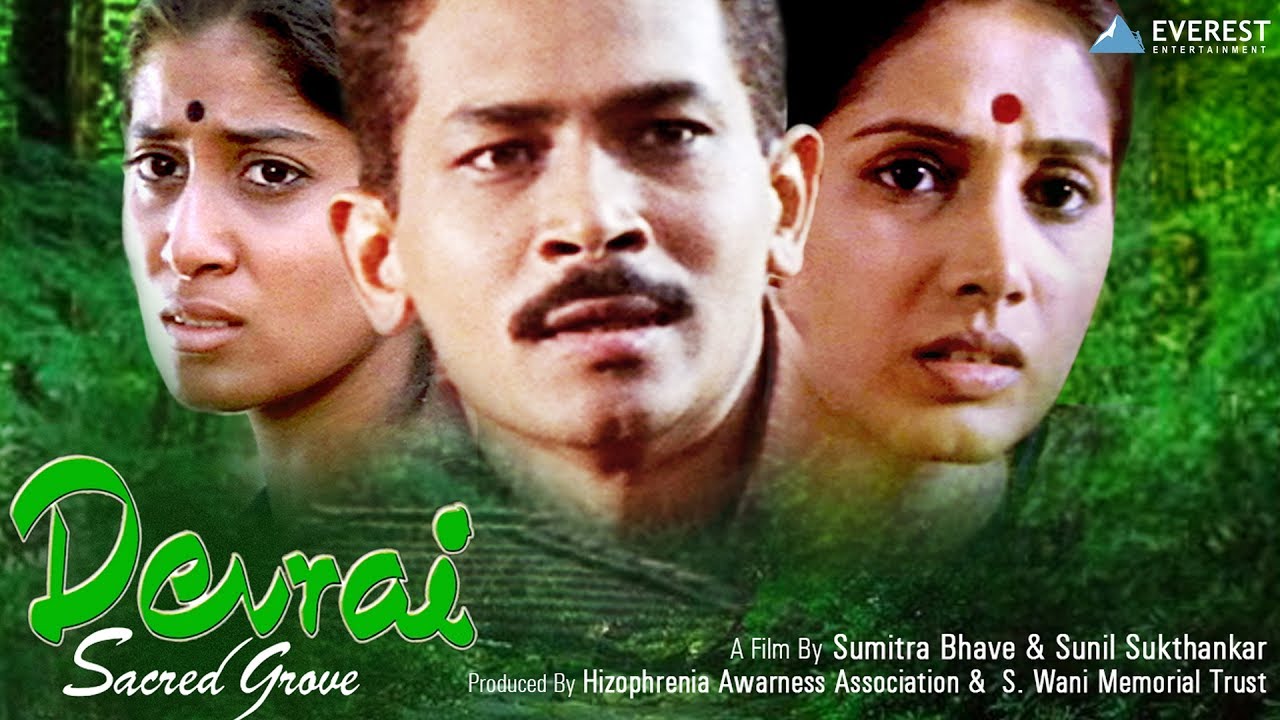
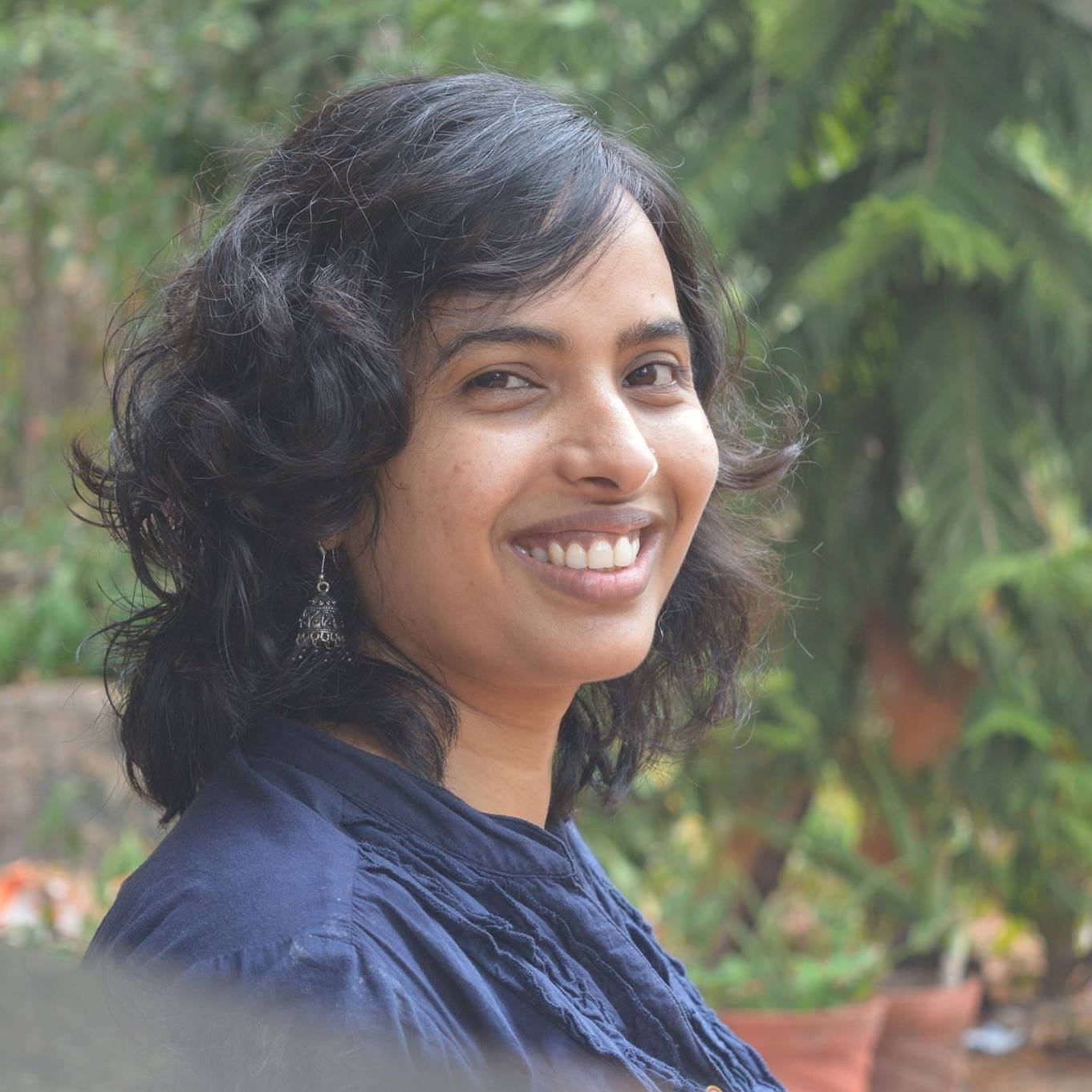
Indian society needs awareness….dats it….dis article might help 2 change d society n pour light to the truth
Extremely illuminating and thought-provoking! Can’t wait to read the rest. You put forth your argument very cogently.
I really wish I had the time to engage with the swathe of gross errors and misrepresentations this piece posits. But here’s one for the fact-checking department: Shurpanakha, like Ravana, was a brahman, the daughter of a sage. In Kamban’s version of the Ramayana, she is also known as Meenakshi, “the fish-eyed”, a name that draws attention to her beauty. Sita, like Rama, was of kshatriya heritage. If these facts were adhered to in your ahistorical analysis, shouldn’t it be the “upper-caste” woman who is more sexually liberated than the relatively “lower-caste” one?
Also, in privileging the Valmiki reading of Shurpanakha over Kamban’s or any other version, do you intend to privilege one shudra (Valmiki) over another (Kamban)? I ask the last question playfully, because evaluating historical and mythical figures, be they Valmiki or Kamban, Sita or Silk Smitha, merely by their varna/jati categories, which then become shorthand for a range of pre-given caste-based agendas can be rather reductive, no?
Please see Kathleen Erndl’s work on multiple readings of Shurpanakha. You might find it enlightening.
that ravana was a brahmin will only be lost on people who study our scriptures briefly to find ways to show them in poor light;god give them some sense for they don’t know that this ancient accomodating system is the bedrock of peace in india and they are abusing it in it’s lap
after reading this article,iam quite convinced that the notions of virginity have been especially fashioned in such a manner to befool women….my feminist stance,therefore has been further strengthened since i chose a subject as enriching as literary theory.thanks for posting mam,and enlightening me further:)
The character Ravana was created like a double-edged sword.He was a neither a shudra nor a brahmin.He lived in a caste-less society.Now even Valmiki is called a Brahmin.Or born to a brahmin.All insertions in latter stages as the need gets understood to project them as someone to the advantage of ‘ARYA’ Mlechas.
The so called aryan values were restrictive in nature. It was also discriminatory. Females in general were persecuted as slaves. the upper caste earlier treated their own womenfolk as slaves so much that there were times when they were not allowed to learn vedas. Womenfolks in kerala tamilnadu were not allowed to wear anything to cover their breast as recently as 100 years back.people having stake in such a system will ignore the visible reality in the name of abstract ideas, tradition , culture without even trying to understand the real culture and traditions of india.
i really wish i had seen your article three years ago!! i agree completely with you. in fact, i refused to see the movie, though many of my best friends were so enthusiastic about seeing it right on the first day! For them, it was such a ‘hit’! The whole thing just ‘hits’ you – how can people make money on producing a movie on a dead woman in which the tenor and the material of the movie is changed so much? One thing about our country – the feeling towards the ‘lower’ castes is completely negative still, perhaps it is more – perhaps because of the “dirty” word “reservations”
To talk exclusively about the movie ‘Dirty Picture’, at the end of the day, it is made after all by upper-caste, fair-skinned, business-minded Bollywood who may not even know or understand the politics of caste, gender and colour. Hence we can’t expect ‘politically conscious’ movies from them. All they have done with/through this movie is to turn Silk into a saleable “object of male sexual desire”. To see the politics of caste, gender and colour in our movies–irrespective of art-house or mainstream commercial–we need to educate ourselves, which is not so easy. Why would Ekta Kapoors, Karan Johars, Yash Chopras would sponsor a ‘politically conscious’ movie, when they have been making money out of ‘saleable’ stuff? It’s not just Bollywood, the entire Indian movie discourse has failed to generate such ‘political consciousness’. IT’s strictly business.
“The vamp in Indian cinema was created around such a caste/gender notion of the ‘other’ woman, who prowled in the caste-neutral space outside the familial bedroom, posing challenges to the upper caste man just as in the case of Shoorpanaka and Rama.” I don’t quite agree with this statement. I think this is more relevant for bollywood movies before the 2000s. Most contemporary movies that I can recall do not have any caste angle as far as the vamp is concerned. For e.g Sushmita in Biwi No 1, or the other girl in Raaz, or even Jiya Khan in that movie with Amitabh (forgetting the name). Where’s caste in all this?